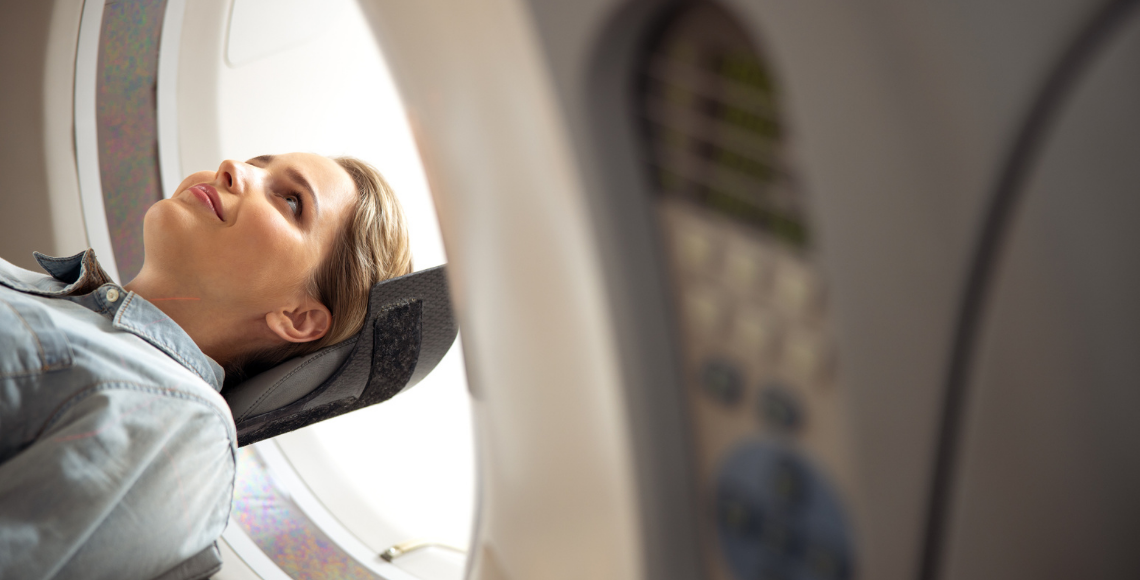Silence is Golden - a step towards a quieter future for MRI
Magnetic Resonance Imaging (MRI) has transformed the way we visualise the structure of the human brain. It has helped us understand how the brain and our behaviours are linked, proving essential for exploring the biological underpinnings of psychiatric and neurological disorders.
MRI is widely used both in the clinic and research, for example:
- Structural MRI can measure the volume of the whole brain or specific brain areas and so can be used to study the development of the brain from birth to adulthood.
- Functional MRI (fMRI) can identify which parts of the brain you are using when you are doing a particular task (e.g., listening to music, watching a video).
Reducing the sound of Magnetic Resonance Imaging
A key limitation of MRI is that it produces a very loud “drilling” noise during scanning. This noise can reach levels over 110dB (decibels), like standing in the front row at a rock concert, so participants must wear ear protection.
For babies and young children this can be too loud to tolerate, and for pregnant woman, it often means their brains cannot be scanned, to protect the hearing development of the baby. Such a loud noise is also intolerable for adults who are extremely sensitive to sound (e.g., those with tinnitus or autism). It also means that the interpretation of results from tasks assessing cognitive functions or emotional responding in a stressful environment may be invalid.
To address this issue, researchers funded by the National Institute for Health and Care Research (NIHR) Maudsley Biomedical Research Centre developed new MRI techniques to dramatically reduce noise levels during scanning (see studies 1, 2 & 3) to levels comparable to the hum of a refrigerator (around 70-75dB), yielding new silent versions of several types of scans.
This work is a collaboration with one of the leading MRI manufacturers, GE Healthcare. We will now evaluate our silent MR neuroimaging methods more systematically in several BRC-funded studies.
MRI for everyone
Ultimately, we want to bundle our developments into a comprehensive, transferable product consisting of an entirely silent MR neuroimaging examination, with performance equivalent to conventional (i.e., loud) state-of-the art methods.
The long-term vision of this research is ‘MRI for everyone’. Acquiring images in a more comfortable and tolerable environment will broaden access to this technology to patient groups such as children and adolescents with attention-deficit hyperactivity disorder, and those with auditory hallucinations.
A recent blog discusses how this new approach could make neuroimaging research more accessible.
IMPACT AREAS:
Developing Resources for Research | Industry Collaboration | Improving Access and Uptake







